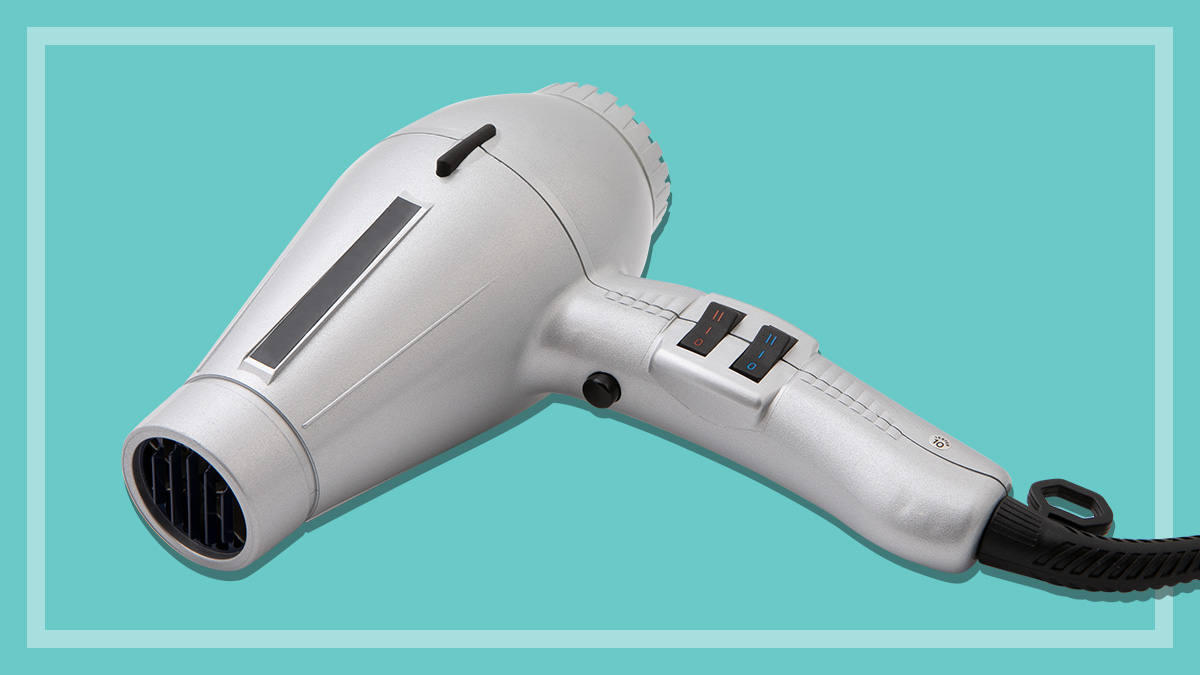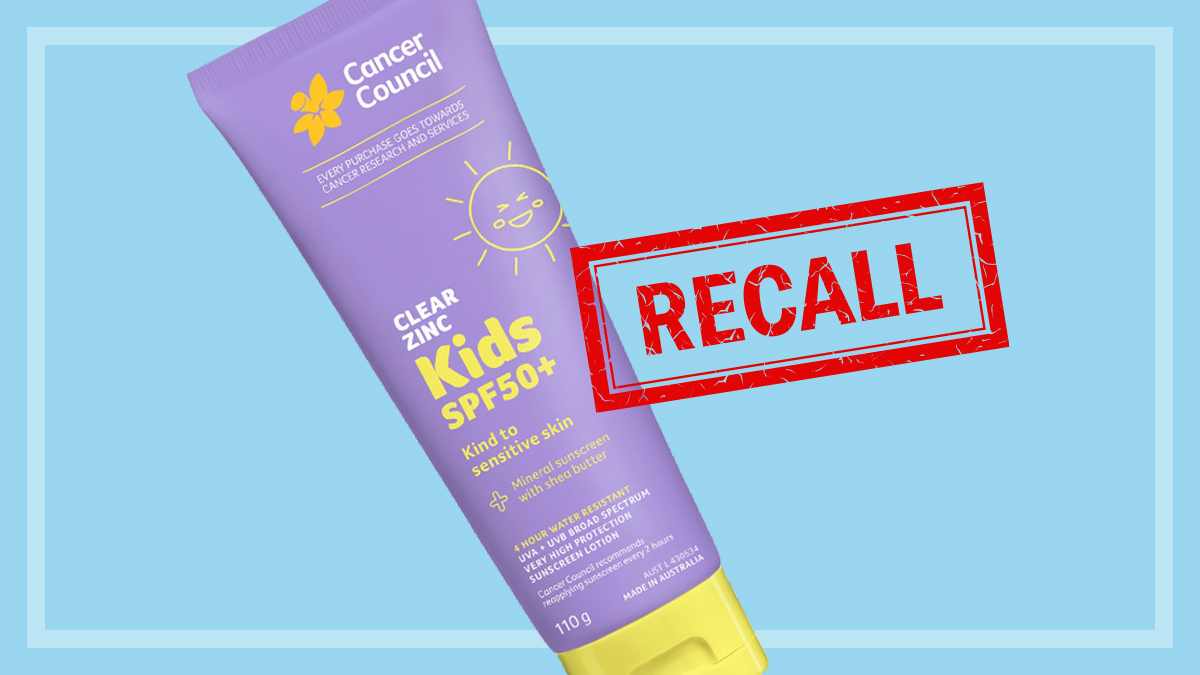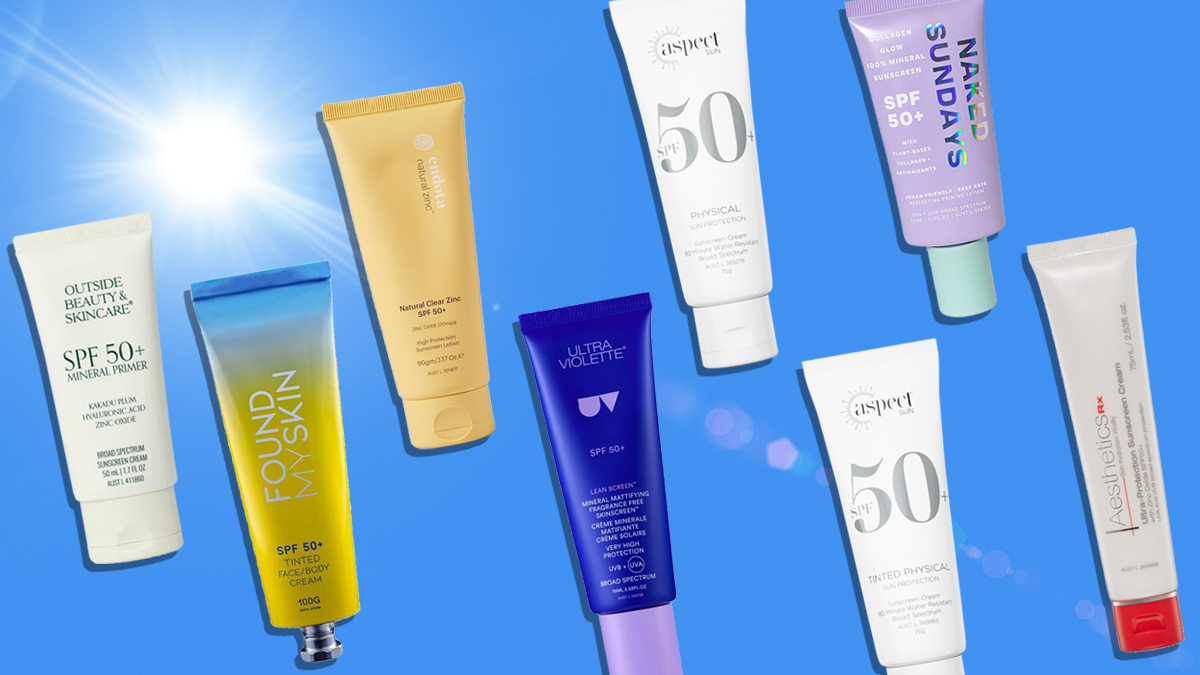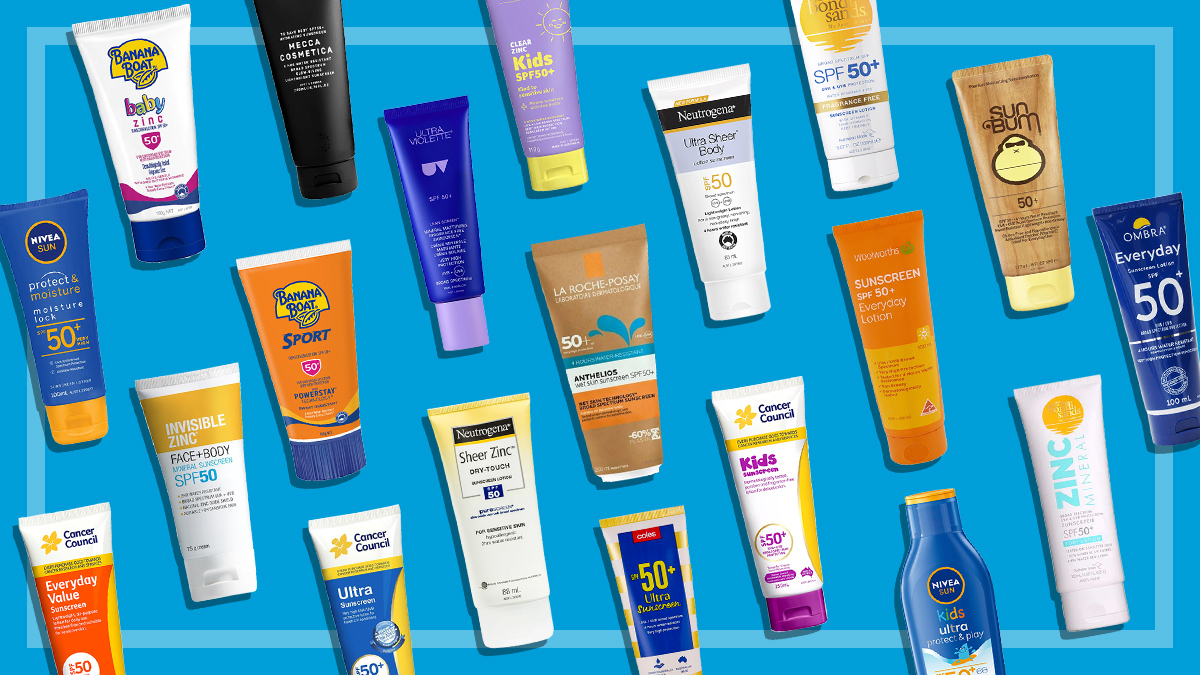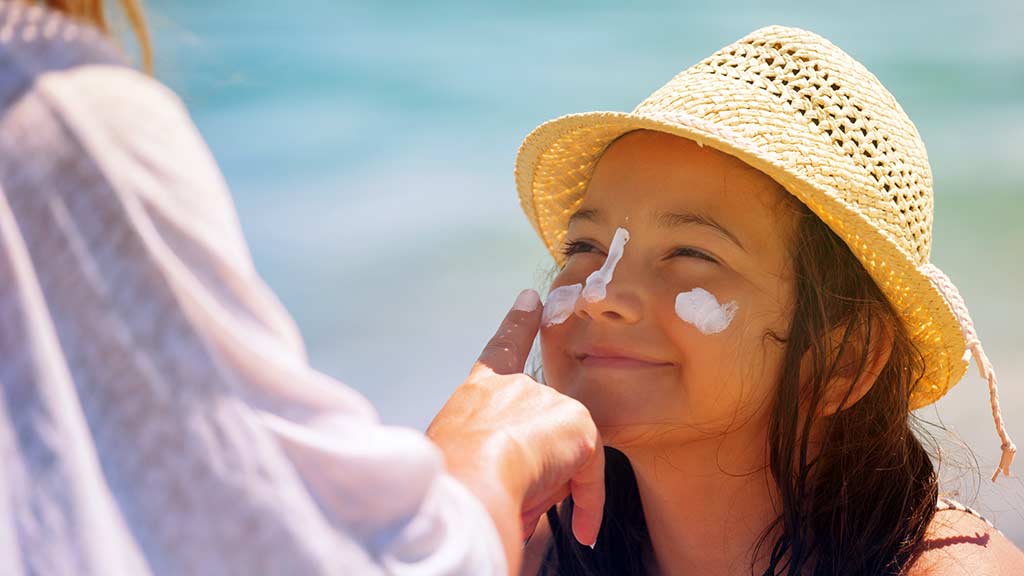Get our independent lab tests, expert reviews and honest advice.
Do aerosol sunscreens provide effective sun protection?

Need to know
- Aerosol sunscreens are quick and easy to apply, but most people don't apply enough
- CHOICE recommends using a cream or lotion (including those in pump spray packs) rather than aerosol sunscreens
- However, if you do choose to use an aerosol sunscreen, make sure you apply it correctly
On this page:
They’re promoted as a fast and easy way to apply sunscreen, especially to wriggly kids and hard-to-reach places like your back.
But can you trust aerosol sunscreens to provide the same safety and level of protection as creams and lotions?

Application concerns
Part of the appeal of aerosol sunscreens is how quickly and easily they are to apply. But most people underestimate the amount they need, giving a light spray much like they would with insect repellent.
Due to concerns that people don’t use them properly, and therefore won’t achieve the stated SPF, the Cancer Council doesn’t recommend the use of aerosol sunscreens, and discontinued their own range in 2017.
Our own investigations have found:
- You need almost half a can to protect an adult’s body.
- They’re difficult to test off the shelf, so SPF claims can’t be independently verified.
- It’s much more expensive than regular sunscreen.
They’ve also been linked with other safety issues including flammability and inhalation hazards.
You need to use… how much?
The average adult needs to use about 35g of sunscreen to cover their entire body, and the average spray sunscreen contains about 172g. However, this weight also includes the propellant.
To find out roughly how much of the can is sunscreen versus how much is the propellant, we did some tests in 2017 and discovered only 40–60% of the can was sunscreen.
So when you spray out 10g, about 4–6 grams of sunscreen actually ends up on your skin. You may lose even more to overspray, especially if it’s windy or you’re spraying a small area.
That means you need almost half a can of aerosol spray for one full-body application. And you still need to reapply it every two hours.
You need almost half a can of aerosol spray for one full-body application
So how can you tell if you’re applying enough? The spray we tested released about one gram per second – or half a gram of sunscreen per second. So to cover one limb, or the back or front of your torso, you need to spray for 10 seconds.
However, different sprays release at different rates, and some have been found to be slower than this – so you may need to spray for longer.
First we weighed the can and a sheet of baking paper – this was our ‘before’ weight. We then sprayed sunscreen onto the paper, and weighed the can and paper again – our ‘after’ weight.
The difference between the before and after weights was the weight of propellants and other volatile chemicals that disappeared into the air when we sprayed.
We then repeated this many times, indoors and outdoors.
Tips for applying aerosol sunscreen
If you do choose to use an aerosol sunscreen, our sister organisation Consumer Reports has some useful advice.
Avoid using them on kids
Kids are more at risk of accidentally inhaling aerosol sunscreens, or moving so it’s sprayed in their face. If you have no other option, spray aerosol sunscreen onto your hands first and then apply it to your child’s skin.
Apply 15 to 30 minutes before any sun exposure
This gives the sunscreen time to interact with your skin. We also recommend reapplying it just before you go out as you’re more likely to get the stated SPF benefit.
Don’t spray directly on your face
This increases the chance of inhaling potentially dangerous ingredients. Instead, spray it on your hands and then rub it in.
Spray generously
Aerosol sunscreens make it hard to see how much you’re applying. We recommend spraying for at least 10 seconds to cover one limb or the back or front of your torso.
Rub it in thoroughly
This helps ensure you get an even layer of coverage and don’t miss any spots.
Don’t use sprays on windy days
You’re more likely to miss the areas you’re trying to protect and it’s easier to accidentally inhale.
Don’t use near open flames
Aerosol sunscreens contain flammable propellants which can ignite when used near open flames.
Remember to reapply
Reapply sunscreen at least once every two hours and after swimming or exercise.
Be sunsmart
Wear a broad-brimmed hat, a dense-weave shirt and sunglasses, and try to avoid the sun in the middle of the day.
Tips for applying aerosol sunscreen
Avoid using them on kids
Apply 15 to 30 minutes before any sun exposure
Don’t spray directly on your face
Spray generously
Rub it in thoroughly
Don’t use sprays on windy days
Don’t use near open flames
Remember to reapply
Be sunsmart
Spraying money around?
Popular brands of aerosol sunscreens cost around $15–18 per can, which works out to about $9–11 per 100g.
At first glance these prices may seem comparable to sunscreen lotions and creams. But remember, only half the weight of the can is sunscreen – the rest is propellant – whereas a tube or bottle of sunscreen cream or lotion, or even a pump-spray product, is all sunscreen.
So doubling the cost per 100g of aerosol spray will give you a more realistic price – and it may be surprisingly expensive.
Testing spray sunscreens
When we tested sunscreens in 2015, we planned to include some aerosol products. But testing them wasn’t as straightforward as for creams and lotions.
Manufacturers test spray sunscreen for SPF before it’s canned with propellant. Once it’s canned, it’s much harder to test – you have to get the product out of the can and on to the subjects’ backs at a rate of 2mg per square centimetre, as per the standard. Try measuring that while you spray!
The Australian standard doesn’t specify a method for testing aerosol products once they’ve already been canned, making it difficult to independently verify SPF claims
The Australian standard doesn’t specify a method for testing aerosol products once they’ve already been canned, making it difficult to independently verify SPF claims. Various ways include spraying the product into a cup and applying the correct weight from the cup, or degassing the cans and testing the remaining sunscreen fluid.
In addition to testing the sunscreen prior to canning, the manufacturer of the spray sunscreens we planned to include had them tested afterwards as a consumer should use them – sprayed ‘liberally’ on the skin. Whether consumers would spray so liberally is debatable.
A protocol in the standard for testing aerosol spray sunscreens as packaged for sale would allow for improved post-market testing of these popular products.
Safety concerns
The dangers of spray sunscreens made headlines in 2012 with reports of people in the US suffering serious burns when their sunscreen caught fire after it was applied.
While the sunscreens contained flammable propellants which could ignite if used near an open flame, in these cases the sunscreen had been applied away from any flame.
The problem was a faulty bottle releasing the mixture too fast so the sunscreen was still wet on the skin, which caused it to be ignited by a barbecue flame, citronella candle or cigarette.
And there are other concerns about the safety of inhaling spray sunscreens, with Consumer Reports warning that inhaling the ingredients could cause lung irritation and advising not to use them on children.
Zinc oxide and titanium dioxide
There are concerns about potential effects of inhaled zinc oxide and titanium dioxide, which are often found in sunscreens, often in nanoparticle form. However, when we surveyed the market in 2017 there were no aerosol sunscreens with these ingredients on sale in Australia, and this still seems to be the case.
As for other sunscreen ingredients, the answers are less clear. Some have been found to have endocrine disrupting effects, that is, they can interfere with hormonal systems. But because these products don’t readily penetrate the skin, they’re not considered a risk to humans. That might not be the case when it comes to inhalation, however there’s little research to demonstrate safety or danger.

